96G video memory + full-blooded chip! Lao Huang launches PRO 6000 Blackwell graphics card
At the GDC 2025 conference, NVIDIA released a number of new products, including the RTX PRO 6000 Blackwell workstation graphics card, which can be called the advanced version of GeForce RTX 5090. This graphics card is equipped with an extremely exaggerated 96GB GDDR7 video memory, which is three times higher than the RTX 5090. It is designed to meet graphics-intensive needs such as AI training and film and television rendering.
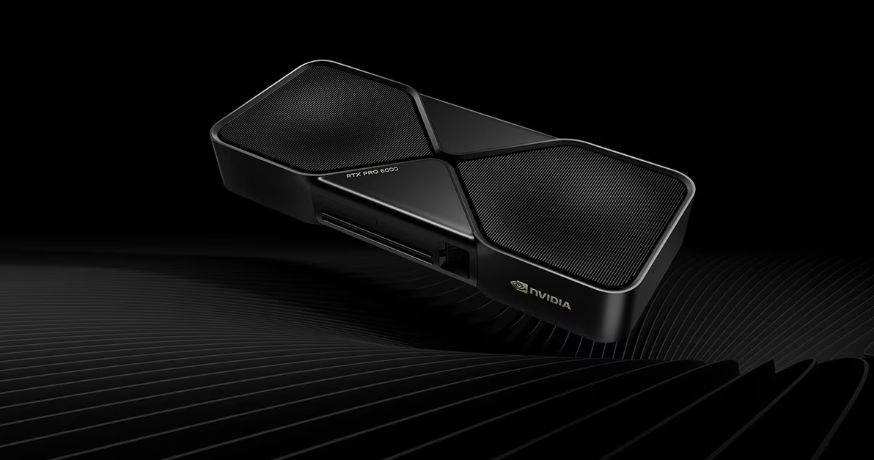
RTX PRO 6000 Blackwell is the successor of the previous generation of RTX PRO 6000, using the "full blood" version of the GB202 chip. Compared with the non-complete version of the RTX 5090, the number of CUDA cores has increased from 21,760 to 24,064, an increase of about 10%. Ray tracing performance has increased from 318 TFLOPS to 380 TFLOPS, and AI computing power has also increased from 3352 TOPS to 4000 TOPS.
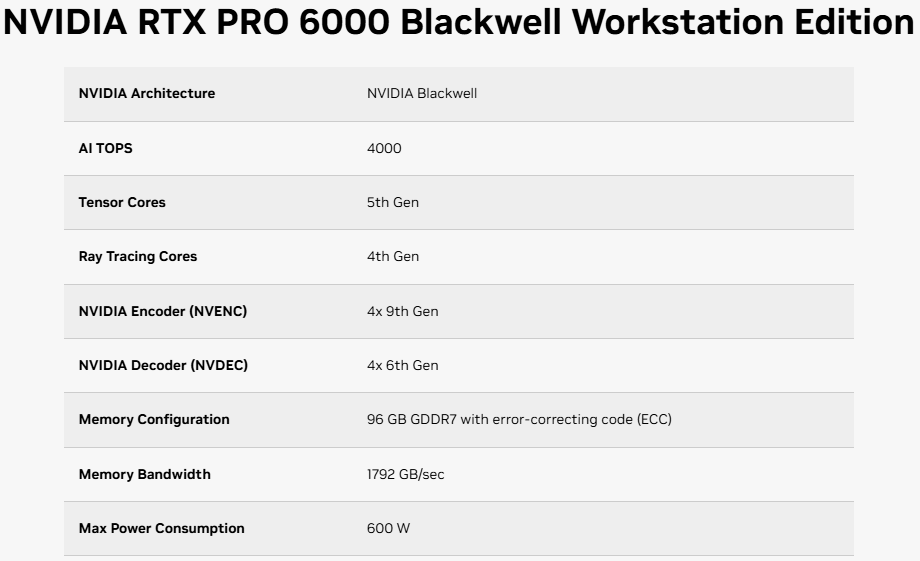
In addition, the super large video memory capacity of the RTX PRO 6000 Blackwell is also a highlight. The 96GB 512-bit GDDR7 video memory is three times higher than the RTX 5090's 32GB, but both have a total bandwidth of 1.79 TB/s. This means that the RTX PRO 6000 Blackwell uses a single, larger memory particle, rather than increasing the number of particles.
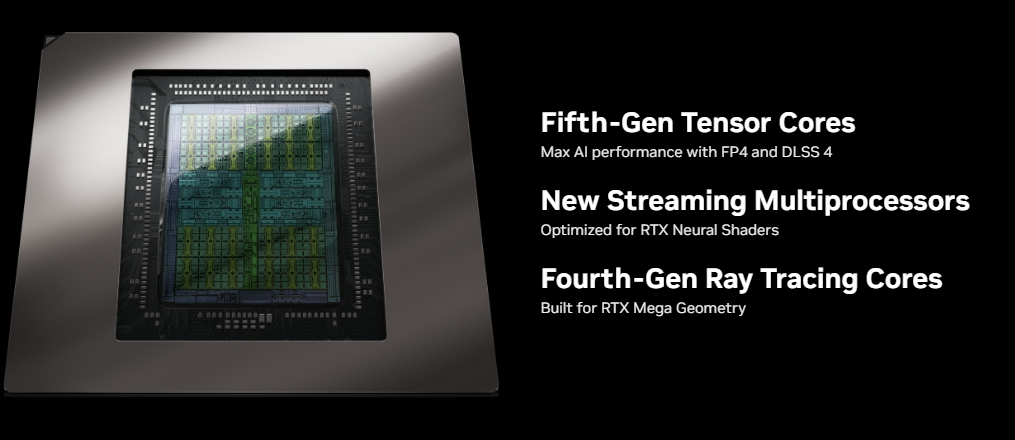
The super-large video memory allows this graphics card to cope with the needs of larger AI model computing, while accelerating the rendering of light and material required in movie effects and game development, improving the overall workflow. However, for ordinary gamers, such specifications are of little significance, after all, game developers are unlikely to launch specification demands that the market cannot cope with.
In terms of interfaces, the RTX PRO 6000 Blackwell has canceled the HDMI interface and instead provides 4 sets of DisplayPort 2.1 interfaces, which can support 4 sets of 4K 120Hz screen outputs at the same time.
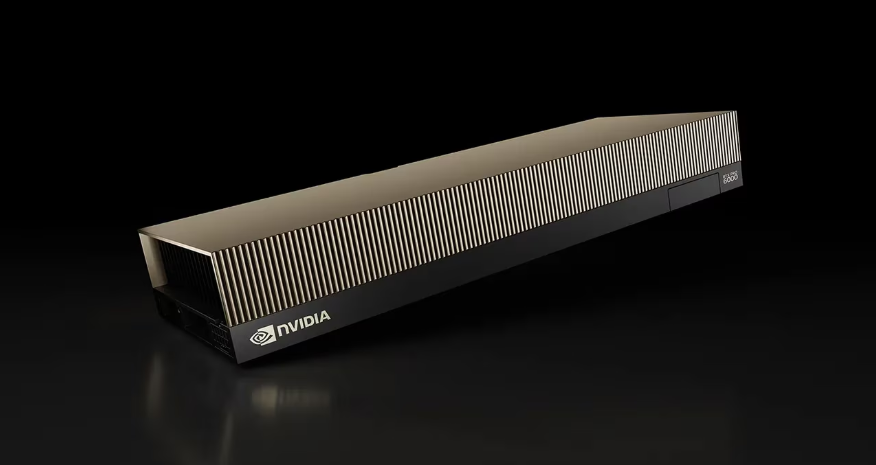
Due to the increase in the number of cores, TDP power consumption has increased from 575W to 600W, almost filling the power supply bandwidth of the 12V-2X6 port. NVIDIA's central PCB version thermal design, the graphics card controls the thickness to 2 Slots.
In addition to the personal workstation version, NVIDIA has also launched a version suitable for servers, with the appearance changed to a "BR" style, and adopts a pure passive cooling design, supports MIG virtual segmentation function, and allows up to four accounts to share a RTX PRO 6000 Blackwell.
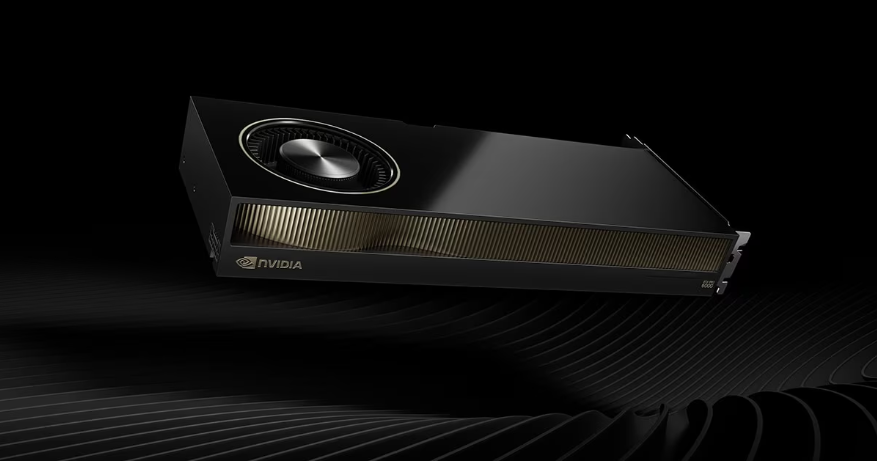
Finally, NVIDIA also launched the RTX PRO 6000 Blackwell Max-Q version with a single blower design. Although the number of CUDA cores and memory capacity remained unchanged, the overall power consumption was directly reduced to 300W, at the cost of declining computing performance, ray tracing performance dropped from 380 TFLOPS to 333 TFLOPS, and AI computing power dropped from 4000 TOPS to 3511 TOPS.








